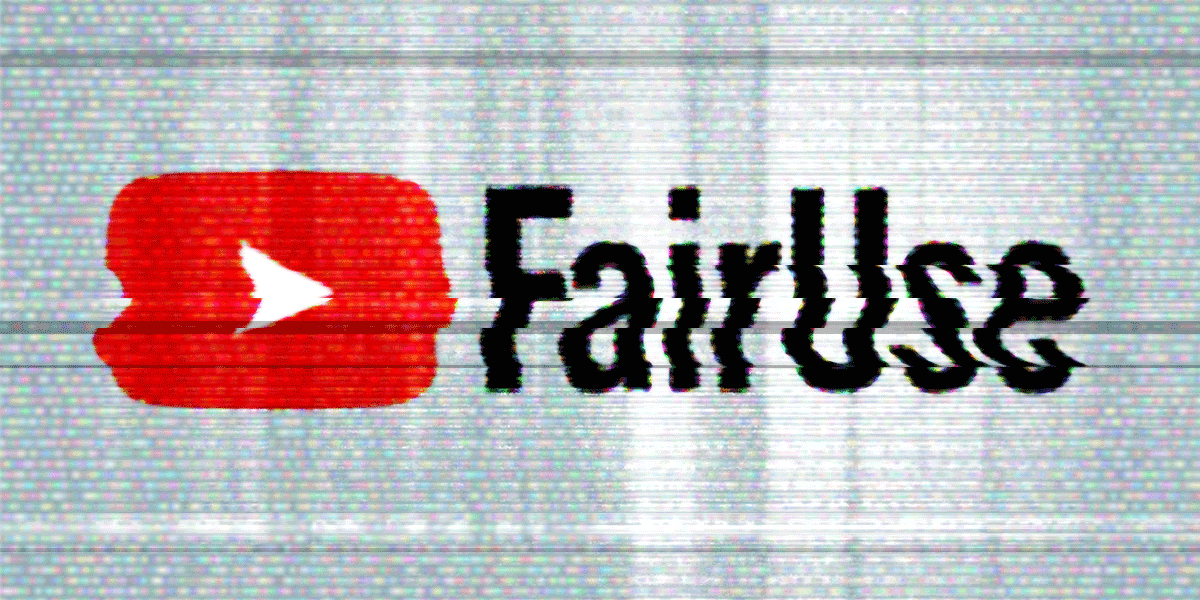
Today, EFF is publishing a new white paper, “How YouTube’s Content ID Discourages Fair Use and Dictates What We See Online.” The paper analyzes the effects of YouTube’s automated copyright filter, Content ID, on the creative economy that has sprung up around the platform. Major platforms like YouTube have used copyright filters that prevent their users from expressing themselves even in ways that are allowed under copyright law. As lobbyists for Big Content—major record labels, big Hollywood studios, and the like—push for the use of broader and stricter filtering technology, it’s important to understand the harms these filters cause and how they lead to unfair shakedowns of online creators.
YouTube is the largest streaming video service and one that hosts the most user-generated content. As a result, Content ID has an outsized effect on the online video creator ecosystem. There is a terrible, circular logic that traps creators on YouTube. They cannot afford to dispute Content ID matches because that could lead to Digital Millennium Copyright Act (DMCA) notices. They cannot afford DMCA notices because those lead to YouTube. They cannot afford copyright strikes because that could lead to a loss of their account. They cannot afford to lose their account because they cannot afford to lose access to YouTube’s giant audience. And they cannot afford to lose access to that audience because they cannot count on making money from YouTube’s ads alone—they need as many eyes as possible to watch them in order to make money from sponsorships and direct fan contributions, partially because Content ID often diverts advertising money to rightsholders when there is Content ID match. Which they cannot afford to dispute.
Within the paper is a diagram of the full maze of Content ID, capturing just how difficult it can be to navigate. Here it is, reproduced in full:

In addition to a broad overview of the issues of Content ID, this paper also includes case studies of three YouTube-based creators, who explain how they experience Content ID. All conclude that a) they have no choice but to be on YouTube b) they make substantial creative decisions based on Content ID and c) they give up or lose money to the system. We hope these interviews make clear the very real harm of filters to expression. When lawmakers, companies, and others call for these things, they do so at the expense of a whole new generation of creators.
How YouTube’s Content ID Discourages Fair Use and Dictates What We See Online
* This article was originally published here
HELP STOP THE SPREAD OF FAKE NEWS!
SHARE our articles and like our Facebook page and follow us on Twitter!



0 Comments